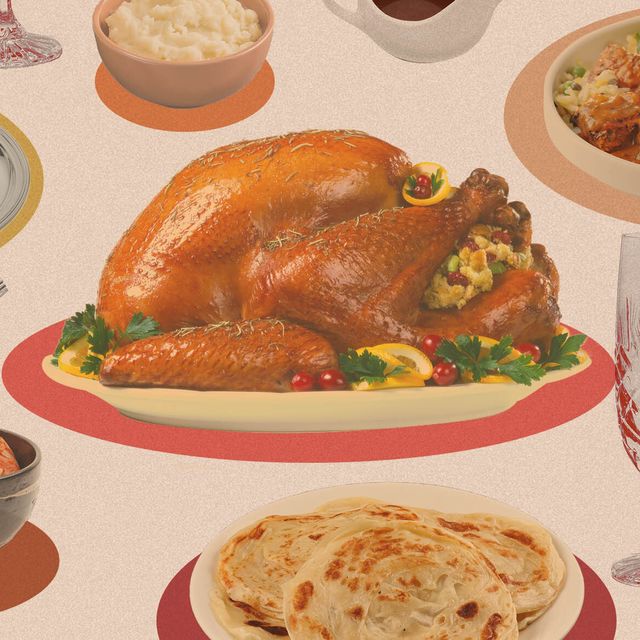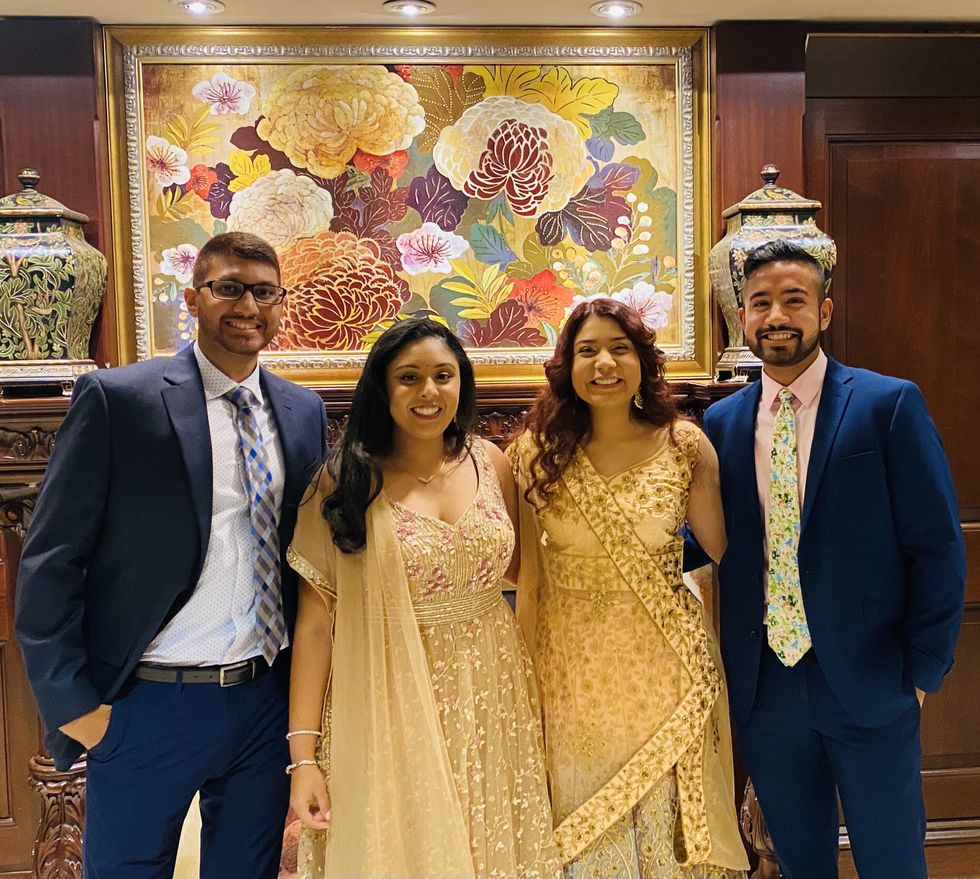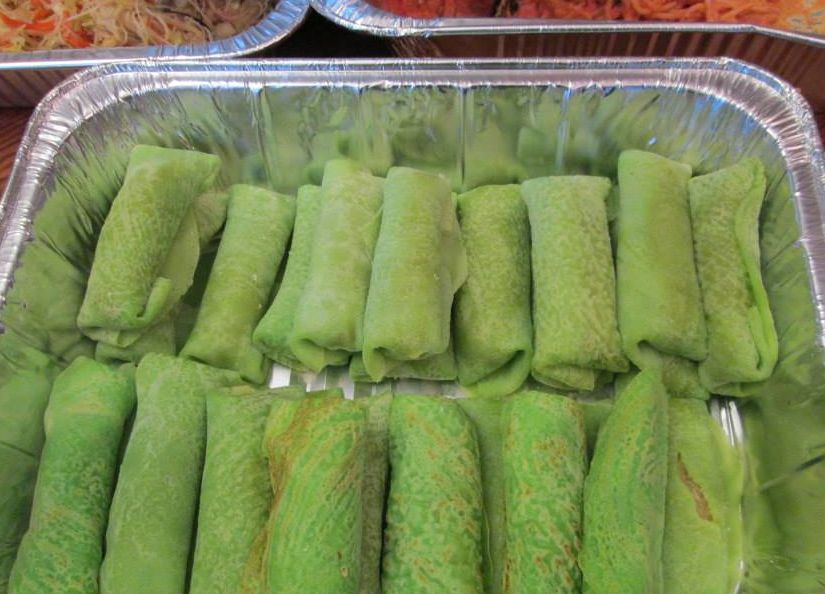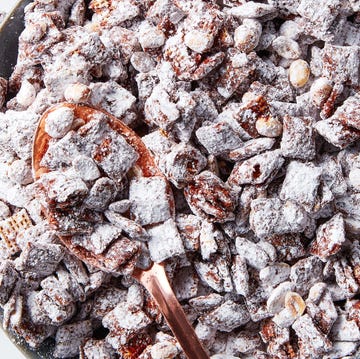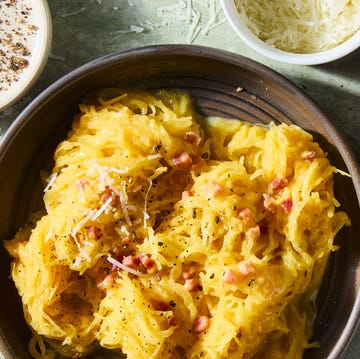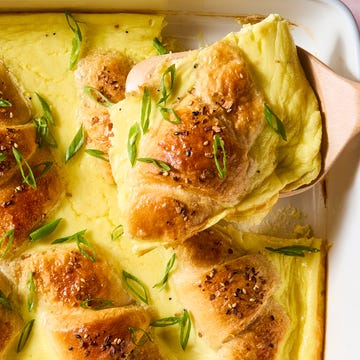In my family, Thanksgiving has always been split into two different days. The fourth Thursday of the month centers around turkey, mashed potatoes, stuffing, gravy, and cranberry sauce, and is spent with my mom’s side of the family—a very traditional American day.
The following Saturday is a much different feast. My paternal great grandparents were Italian, and although I am three generations away from that, the Saturday after Thanksgiving has always been reserved for a giant Italian feast. That mean loads of pasta, red sauce, and meatballs, plus braciole, osso buco, calzones, boiled eggs in tomato sauce, garlic bread, so much fennel, and of course Italian cookies.
The meal is massive, and very, very Italian, despite the holiday being distinctly American. If my Thanksgiving is always turkey and tomato sauce, how do other multicultural families incorporate their dishes onto the table of the American holiday?
“It was a hodgepodge,” Abraham Kim said of his Thanksgiving table growing up, “a fusion of American Thanksgiving with Korean food.” His parents immigrated to the U.S. in the 1960s from Korea to California, where Abraham was born. “We would have the turkey, the stuffing, maybe mashed potatoes, but it would always be accompanied with kimchi or Korean ribs or stir-fry noodles.”
Now, Abraham is married with four children of his own, and Thanksgiving still brings together his American and Korean cultures. “We aren’t Thanksgiving purists,” he said. “It’s not just turkey, mashed potatoes, yams, corn. It’s a multicultural table.”
Ashneel Raj, who was born in Queens, NY to Indian parents, said Thanksgiving was always celebrated in his house, but as he and his cousins have gotten older, they’ve taken over some of the cooking. “Growing up, when it was predominantly the parents in charge, it was more Indian dominance,” he said. “Instead of turkey, mashed potatoes and everything, we had Indian dishes like chicken tikka, or rice and naan. As the kids started being able to cook, we incorporated more American foods. It’s American Thanksgiving, Indian style.”
Mixing cultures on Thanksgiving seems common for many families that come from different parts of the world, but it can look different on each table. Sometimes it means just adding more dishes next to the turkey and stuffing. Other times, the American holiday is an opportunity to get together with other foreign families who don’t have American relatives.
Elif Onay, who is Turkish American, said her home on Staten Island is filled with people from all over the world on Thanksgiving: Folks from China, Pakistan, and Turkey bring dishes from their cultures to her table.
“My mom's coworker, originally from China, brought shrimp dumplings one year. Another coworker from Pakistan will always bring lamb biryani,” she said. Those dishes sit alongside the Turkish stuffed grape leaves called dolma, the sliced beets called pancar, and rice with chickens or chickpeas. Then, of course, there's the turkey Elif’s mom makes every year. “She's got the turkey down pat, but when we were first doing it, I remember she was going crazy trying to learn recipes,” she said. “We always refer to online [recipes], because we don't really have people that we could turn to and get a recipe from. There's no ‘grandma's turkey’ in our family, you know?”
Sarah Ceniceros moved from Mexico to Texas 11 years ago. For her family, Thanksgiving was a holiday they adopted, even taking on the traditions often associated with the holiday. “My father was like, ‘We have to make a deep-fried turkey. So he bought the huge deep fryer,” she said. “It takes all day to deep fry the turkey so he makes it an activity where a bunch of Latino dads [in my neighborhood] deep fry their turkeys in my backyard with peanut oil.” For dessert, however, it’s all Mexican. “It's always very Mexican desserts. Like we almost always have flan for dessert, or choco-flan.”
Jason Wong said his Malaysian and Singaporean family has had assistance with their American Thanksgiving. His aunt married an American who prepared all the traditional Thanksgiving food, while his family brought the other dishes. “My dad always cooks vegetable curry and stir fried noodles. That’s a standard thing. My mom makes a cassava and coconut dessert and pandan rolls," he said.
For Jason, watching the combination of his American, Malaysian, and Singapore roots on one table brings joy. “Seeing all these different dishes come together on a table on Thanksgiving is both surreal and heartwarming,” he said. “Thanksgiving seems to have evolved into an unofficial holiday for us to celebrate the multifaceted identity of our family. On most days, it’s hard to see all components of my cultural identity at once, but on Thanksgiving, it seems to come together very holistically and harmoniously.”
Ashneel agrees. “As someone who is a part of both cultures, Thanksgiving combines the best of both worlds,” he said. “I’m able to spend time with family and eat my traditional food that I don’t usually get to eat during the year, and me and my cousins get to cook our American food and share our skills with each other.”
Finding her identity between her Turkish and American cultures has been a struggle for Elif. “My Turkish is good, but I don't speak as fluently as a native-born person. But at the same time, I have Turkish citizenship and only speak Turkish at home. And I don't fully connect with my American friends," she explained. "I've always felt like Thanksgiving was a good balance of that. In a weird way, I always turn to food to fully bring back everything home.”
